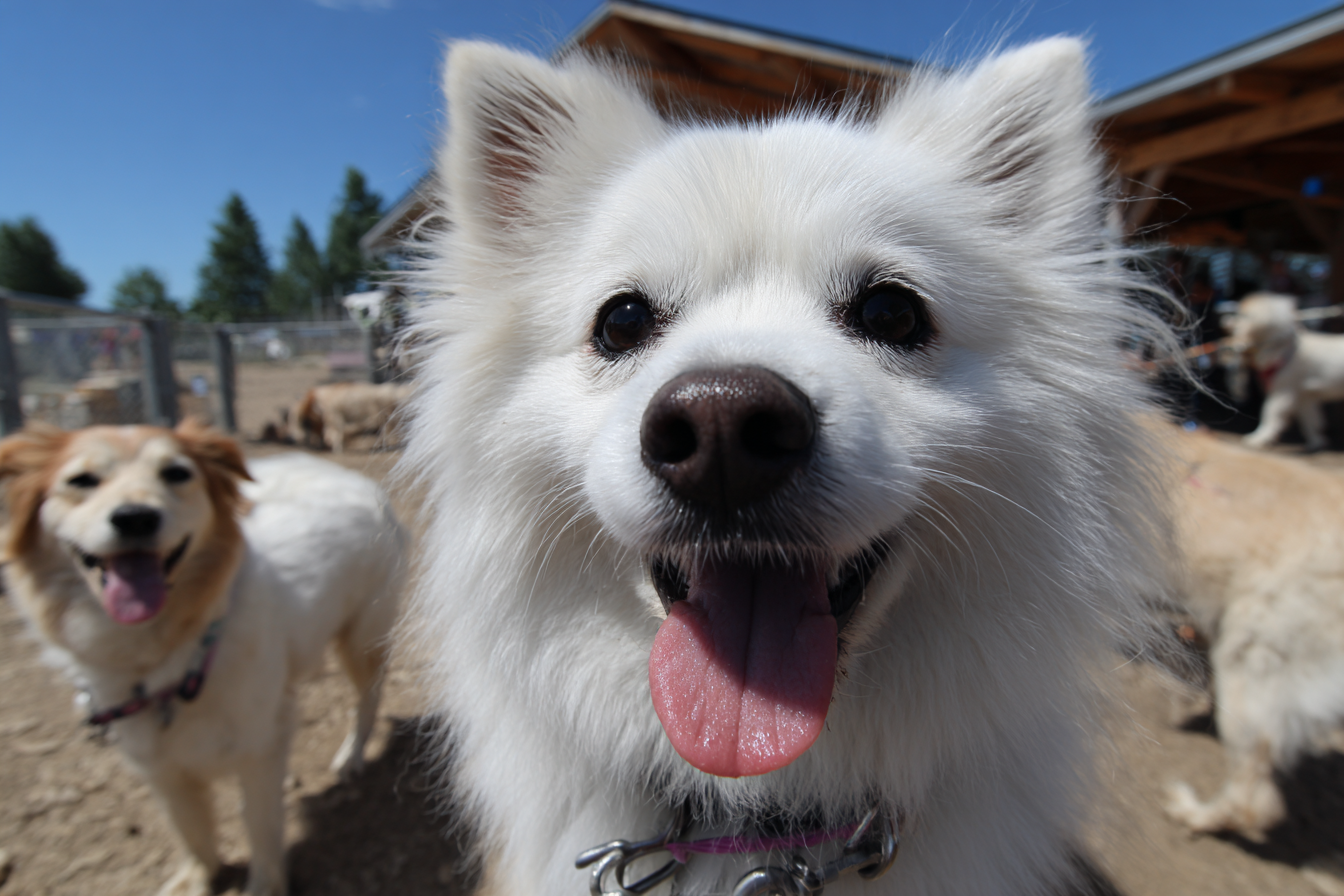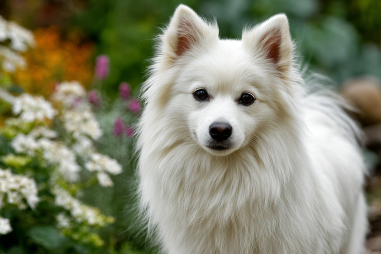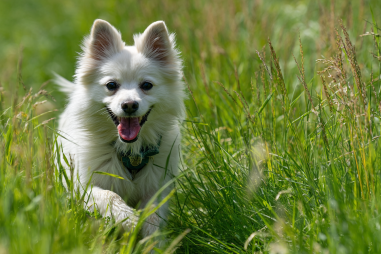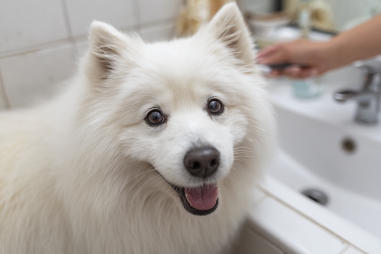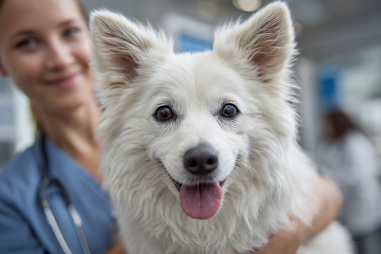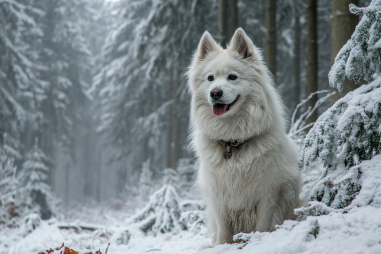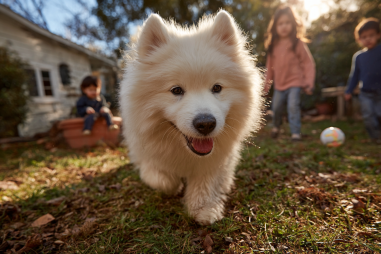Proper socialization is essential for raising a confident and well-behaved American Eskimo Dog. Known for their intelligence, alertness, and friendly demeanor, these dogs thrive when they are comfortable around people, other pets, and unfamiliar environments. Socialization not only helps reduce fear and aggression but also promotes a happy and balanced companion. In this article, we will explore effective strategies to socialize your American Eskimo Dog from puppyhood through adulthood, ensuring they develop into a well-adjusted member of your family and community.
Importance of Socialization for American Eskimo Dogs
Socialization is the process through which dogs learn to interact with the world around them. For American Eskimo Dogs, this process is particularly important because they can be naturally wary of strangers and protective of their family. Without proper socialization, they may develop fear or aggression toward new people, animals, or situations. Socialized Eskies tend to be more adaptable, confident, and display fewer problematic behaviors such as excessive barking or reactivity.
By exposing your American Eskimo Dog to varied experiences from a young age, you set the foundation for a more relaxed and friendly adult dog. This is crucial for their mental health and your peace of mind, knowing your dog can comfortably participate in social settings.
Socialization Timeline and Milestones
Understanding the socialization timeline is key to effectively raising your Eskie. The most critical period typically falls between 3 and 14 weeks of age. During this phase, puppies are especially receptive to new experiences, and positive interactions can shape their lifelong behavior.
Within this period, milestones include:
- 3 to 6 weeks: Interactions with littermates, basic social skills development.
- 6 to 8 weeks: Initial introduction to new people and pets, gentle exposure to different environments and sounds.
- 8 to 14 weeks: Broader socialization with the world outside the home, including car rides, meeting new animals, and walking in various public places.
After this critical period, socialization should continue but be approached more gradually and positively. Puppies that miss early socialization opportunities can still benefit significantly from careful training and exposure during the juvenile and adult stages.
Introducing New People and Pets
Introducing your American Eskimo Dog to new people and pets is a foundational part of socialization. When meeting new people, aim for calm, friendly interactions. Encourage visitors or strangers to offer treats or toys to create a positive association. Avoid overwhelming your dog with large groups or sudden attention, especially during initial introductions.
When it comes to other pets, proceed with caution and patience. American Eskimo Dogs generally get along well with familiar animals but may show territorial behavior. Use controlled, neutral territory for first meetings, and keep all animals on leashes or in secure areas. Watch for signs of stress or aggression, and separate them calmly if needed before reattempting the introduction.
Always supervise interactions until you are confident that your dog feels comfortable and relaxed with the new companion, whether human or animal.
Overcoming Fear and Aggression
Despite having a friendly disposition, American Eskimo Dogs can develop fear or aggression if socialization is inconsistent or stressful. Signs of fear might include cowering, trembling, or avoidance, while aggression can show as growling, barking, or snapping.
To overcome these behaviors, it’s important to work with patience and positive methods. Here are a few tips:
- Identify triggers: Take note of what situations or stimuli cause fear or aggression.
- Gradual exposure: Slowly expose your dog to triggering objects, people, or animals at a distance they find manageable.
- Counter-conditioning: Pair exposure with high-value treats and praise to create positive associations.
- Professional assistance: In cases of significant aggression or extreme fear, consult a professional trainer or behaviorist specialized in positive reinforcement.
Never punish fearful or aggressive behavior; this can worsen anxiety and mistrust. Instead, build confidence through constructive socialization and rewards.
Socializing in Various Environments
Diverse environments play a critical role in helping your American Eskimo Dog become adaptable and calm in different settings. Make a habit of taking your dog to various places including:
- Parks and trails
- Pet-friendly stores and cafes
- Busy streets and neighborhoods
- Car rides and trips
- Visits to friends’ homes
Introduce new sounds, sights, and smells to your dog in a positive manner. Bring along treats and toys to reward calm behavior and to redirect attention if your dog becomes overwhelmed. These experiences teach adaptability and reduce the chances of anxiety when encountering unfamiliar places later in life.
Positive Reinforcement Techniques
Positive reinforcement is one of the most effective training methods for socializing your American Eskimo Dog. This approach focuses on rewarding desirable behaviors rather than punishing unwanted ones, building trust and motivation.
Effective techniques include:
- Treat rewards: Use small, tasty treats whenever your dog displays friendly or calm responses during socialization.
- Verbal praise: Use a happy, encouraging tone to reinforce good behavior.
- Toys and play: Offering favorite toys or engaging in play can create positive associations with new experiences.
- Clicker training: Mark desired behavior with a clicker sound followed by a reward to enhance learning.
Be consistent and timely with rewards to help your dog make clear connections between behaviors and outcomes. Over time, this approach helps your American Eskimo Dog confidently navigate social situations.
Ongoing Socialization Throughout Life
Socialization is not a one-time event but an ongoing process that continues throughout your dog’s life. Even adult American Eskimo Dogs benefit from regular exposure to new experiences, people, and pets to maintain their social skills and confidence.
Integrate socialization into your daily routine by:
- Scheduling regular walks in different locations
- Joining dog meetups or training classes
- Inviting new friends or family over to interact with your dog
- Introducing your dog to new animals or situations gradually and positively
Maintaining a social lifestyle is especially important as dogs age or experience changes in health, as it helps combat anxiety and depression while keeping their minds sharp and spirits high.
By following these effective socialization tips tailored for American Eskimo Dogs, you can raise a confident, well-rounded dog that is a joy to be around in all types of social settings. Early and ongoing exposure, combined with patience and positive reinforcement, lays the groundwork for many happy years with your loyal Eskie companion.

